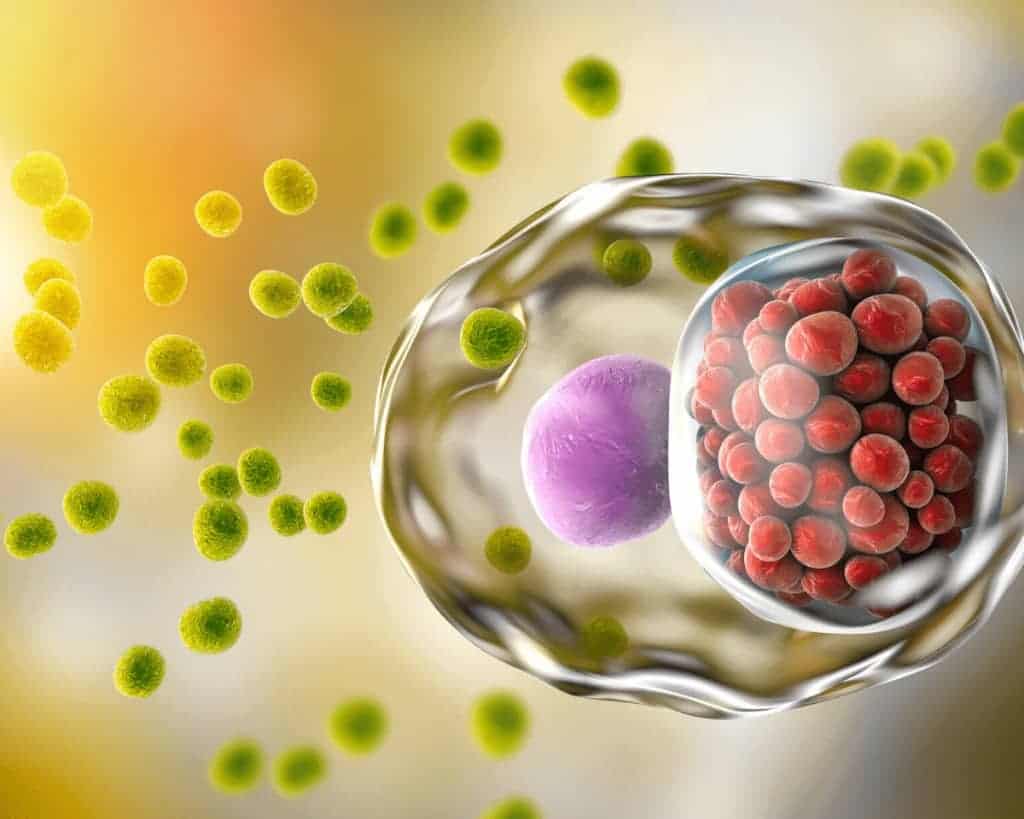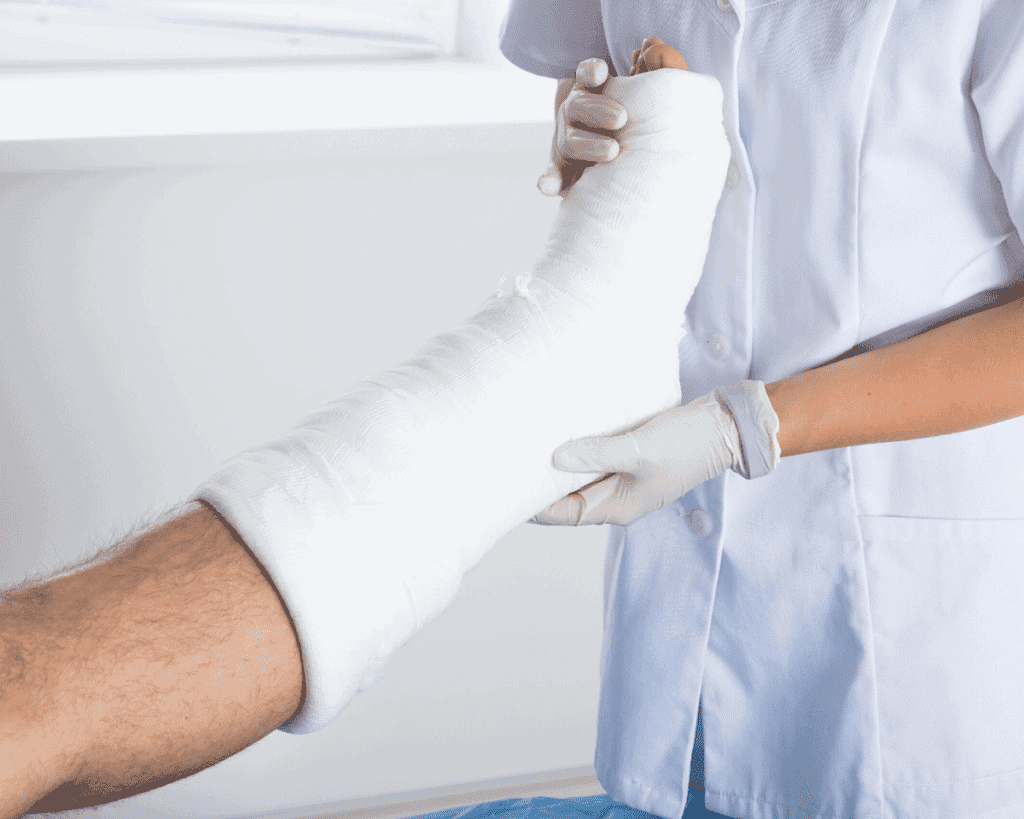Understanding Disease Terminology
Before you read this article, try this ten-question quiz to test your knowledge of disease. Select an answer and then click the “Check” button to see if you’re right and then move onto the next question. You’ll find the answers to these questions and more in the blog post below.
Pathology is the study of diseases. All massage students need to have a basic understanding of the causes and effects of common diseases to make informed decisions around treating their clients safely. In this post, we’ll look at some common terminology and concepts around disease that sometimes cause confusion for students just starting their study of pathology.
What is a disease?
A disease is an infectious or noninfectious condition that causes changes in the appearance, structure, or function of cells, tissues, organs, or systems in the human body. These changes may be observable (signs) or subjectively experienced by the patient (symptoms). Diseases often, but not always, have a known cause. They are not caused by injury.
Diseases are defined and classified in a number of different and overlapping ways. Massage therapists don’t need to know all of the intricacies of disease classifications but they do need a basic understanding of the broad categories of disease and knowledge of basic disease terminology. This information helps massage therapists understand when a disease is dangerous because it might be spread to others at a massage business, or when it requires caution for other reasons.
What’s the Difference between a Disease, Condition, Disorder, Etc.?
The terms disease, condition, disorder, morbidity, sickness, and illness are often used interchangeably despite some differences in meanings. In some cases specific terms are preferable, but in our general discussion, we don’t need to be picky. For clarity these additional terms are defined as:
- Condition: The state of something with regard to its appearance, quality, or working order. In pathology, a general term for an illness or medical problem.
- Disorder: A disruption of normal physical or mental functions; a disease or abnormal condition.
- Morbidity: Refers to having a disease or a symptom of disease, or to the rate of disease within a population.
- Sickness: The state of being ill. The feeling or fact of being affected with nausea or vomiting.
- Illness: A disease or period of sickness affecting the body or mind.
Is It an Infectious or Noninfectious Condition?
In the definition of disease we learned in that diseases can be infectious or noninfectious conditions. Infectious diseases are caused by pathogens. Pathogens are organisms like bacteria, viruses, fungi, or parasites. Many infectious diseases can be passed from person-to-person if methods are not employed to prevent transmission. Examples of infectious diseases are the common cold, influenza (flu), hepatitis C, and COVID-19.
A noninfectious disease is caused by something other than pathogens. Noninfectious diseases are more likely caused by immune system disorders, the development of abnormal cells, nutritional deficiencies, gene mutations, abnormal metabolic functions, or lifestyle factors. Examples of noninfectious diseases are cancer, diabetes, and rheumatoid arthritis.

How Are Signs and Symptoms Different?
In the definition of disease, we learned that the changes in the appearance, structure, or function of cells, tissues, organs, or systems in the human body might be observable (signs) or subjectively experienced by the patient (symptoms).
Signs are defined as any objective evidence of a disease or physical disturbance. Objective evidence is evidence free of personal feeling or opinion when considering facts. For example, a physician or nurse can observe and verify that a patient has a rash or fever. If a physician suspects you have pneumonia they might order blood tests or take a sample of fluid from your lungs to identify the type of pathogen causing the infection. They might order a chest X-ray to take a closer look at your lungs to see if inflammation or fluid is present, and they might measure the amount of oxygen in your blood. These diagnostic tests help the physician gather objective evidence to confirm the presence of pneumonia.
Symptoms are defined as subjective evidence of a disease or physical disturbance. Subjective evidence is evidence biased by personal feeling or opinion when considering facts. Patients (or clients) report their symptoms to a health care professional who combines what they learn from the patient with signs identified through observation or testing. The physician cannot observe and verify that the patient is actually experiencing some of the things they might report. For example, abdominal pain or chest pain is something that only the patient can perceive. However, reported symptoms give physicians clues that are needed to determine a diagnosis.
The signs and symptoms of diseases may result from the disease process itself or from the immune system’s attempt to defeat an infectious agent. Such signs and symptoms include but are not limited to fever, nausea, elevated white blood cell count, fatigue, and cardiovascular or metabolic changes.

What Causes Disease?
In the definition we learn that diseases often, but not always, have a known cause. You’ll probably remember from pathology classes that the term, etiology, refers to the study of the causes of disease. The word originates from the Greek aitiologia, meaning, “giving a reason for.”
Infectious diseases are caused when a person comes into contact with a pathogenic bacteria, virus, fungi, or animal. But exposure to the pathogen is not necessarily enough to cause disease. A group of people at a party might be exposed to someone contagious with the common cold, but only one or two of these people later develop the cold. A number of factors determine who will catch the cold and who won’t.
Diseases may also be of genetic origin, caused by abnormal cell growth or immune system malfunctions, or because of infection from a pathogenic organism.
An idiopathic disease is any disease with an unknown cause.

The Difference Between Disease and Injury
The definition of disease states that diseases are not caused by injury. An injury is damage to a person’s body caused by sudden or repetitive physical trauma from things like a fall, automobile accident, animal bite, or gunshot wound or from recurring physical stress often caused by certain types of work.
Common injuries include bruises, skin wounds, burns, and the dislocation of bones, bone breaks, muscle strains, sprains, and tendon pathologies.

What Does Acute, Subacute, and Chronic Mean?
Massage therapists are familiar with the terms, “acute”, “subacute”, and “chronic” as they relate to the inflammatory response and stages of soft-tissue healing. These terms are used differently when describing disease. In this context they are used to describe the severity or stage of a disease.
When a disease is in an acute stage the symptoms are severe, and in some cases the situation is more dangerous. The acute state often has a sudden onset, with rapidly progressing symptoms that require immediate care. The acute stage usually lasts a short time before the symptoms decrease and the body enters a subacute stage. A chronic disease persists for a long time or regularly recurs. A “flare-up” or “flare” occurs when symptoms of a disease that have been present for a time suddenly worsen or become more acute. Eventually the symptoms again subside.

How Can We Prevent Disease Transmission?
Because we have contact with people on a regular basis, it’s important to understand the range of diseases that our clients may have. It’s equally important to know how those diseases are transmitted and what steps we need to take to minimize the risk of transmission so that both we and our other clients stay safe.
To answer this question, we’ve published a complete textbook on preventing disease transmission. This is not a skinny little ebook, but rather a complete interactive digital textbook that’s used in massage schools in the United States, Canada, and Australia.
Here’s what you’ll learn in the book, Preventing Disease Transmission in a Massage Practice…
Get 8 ce hours for reading the book!

If you’ve read the book, why not get CE hours as a reward for your work? If you’re a massage professional who needs continuing education for your license renewal, you can do an exam to get a certificate of completion for 8 CE hours approved by NCBTMB.
You’ll get lifetime access to both the textbook and the exam, so pick it up now and complete your exam at a time that’s convenient for you.


